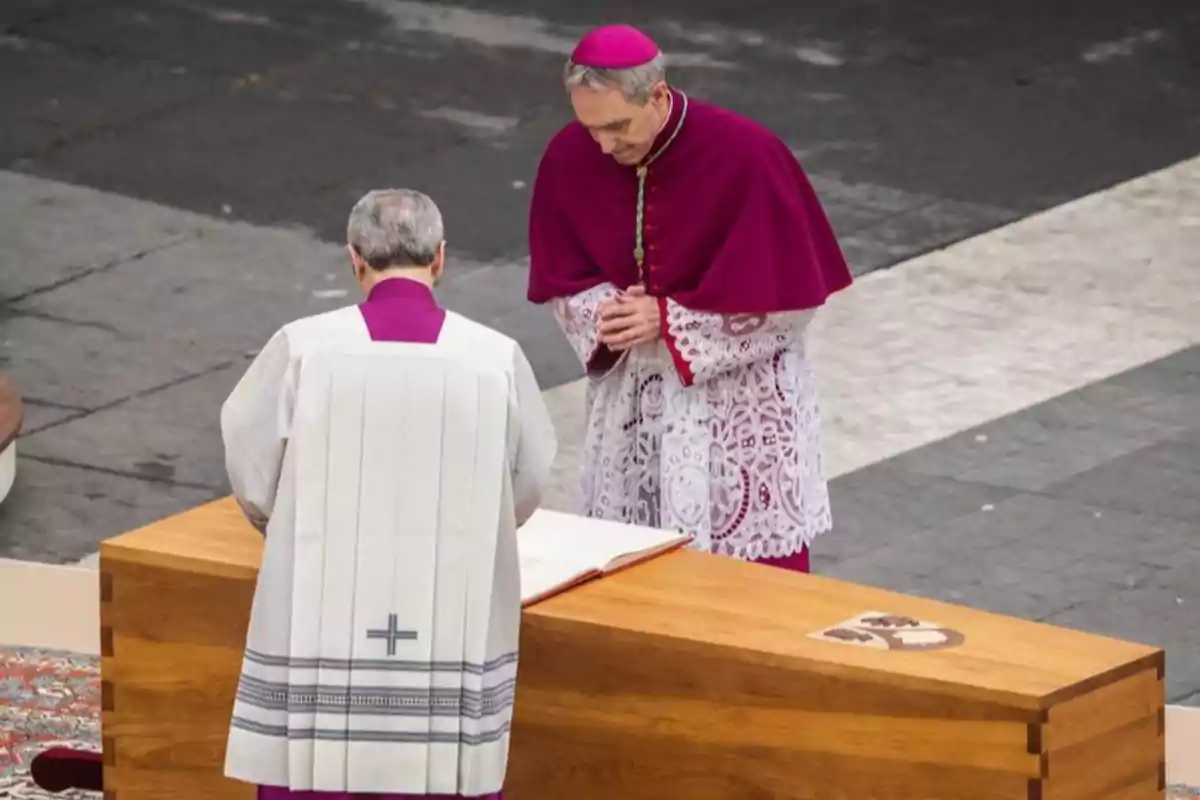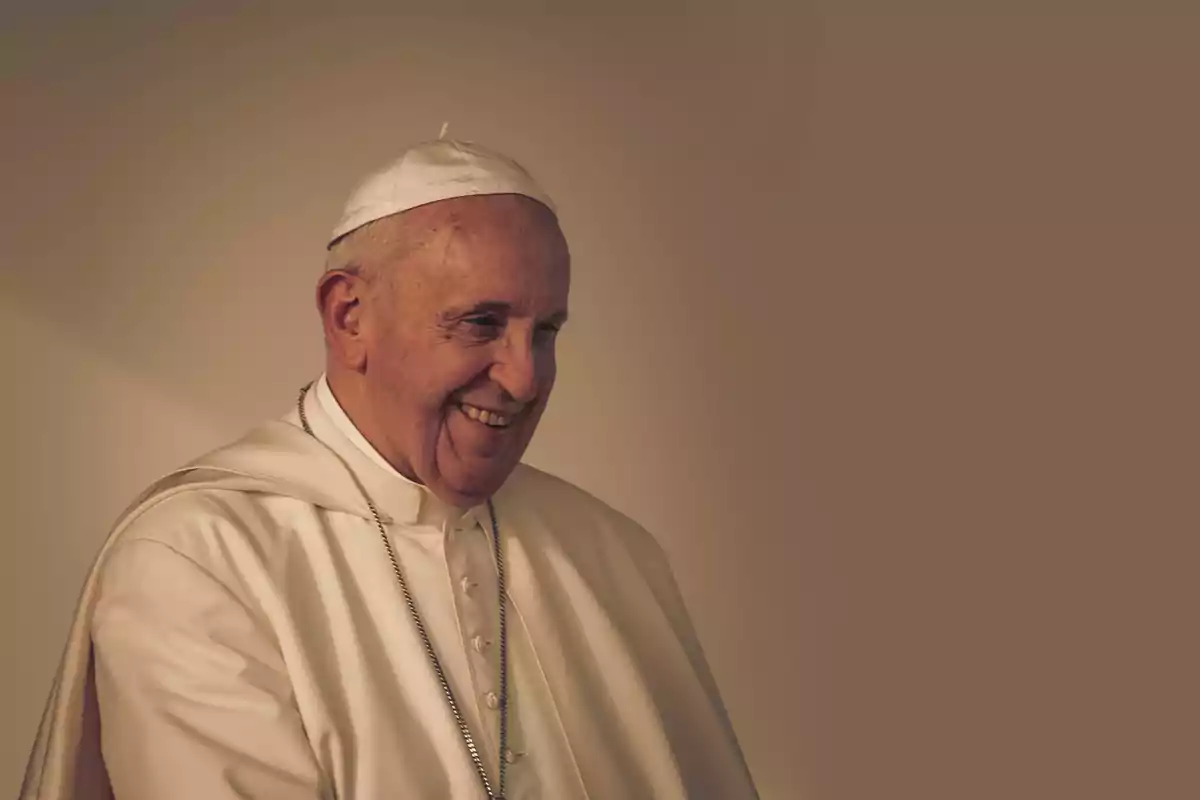
How Pope Francis' funeral will be: the reforms that change historical practices
Francisco sought burials to represent the image of a 'shepherd and not that of a powerful man of this world.'
After the death of Pope Francis at the age of 88, a funeral protocol that he himself reformed will be activated for the first time, aiming to simplify the rite. The modifications, introduced in April 2024 and formally approved in November of the same year, replace traditional practices that remained unchanged for centuries. With his reform, Francis sought for the burials to represent the image of a "shepherd and disciple of Christ and not that of a powerful man of this world."
The new Ordo Exsequiarum Romani Pontificis establishes more intimate and symbolic procedures for the Supreme Pontiff's funerals. One of the most significant changes is the transfer of the act of verifying the death from the papal room to his private chapel, in a gesture that seeks greater intimacy.
Additionally, the body will be placed directly in a single wooden coffin with an inner zinc lining, instead of the three traditional coffins—cypress, lead, and oak—that have been used since the Middle Ages.

During the period of public veneration in St. Peter's Basilica, the body will no longer be displayed on an elevated bier but inside the open coffin. The papal staff will also not be placed next to him, and the coffin will be sealed on the eve of the funeral Mass.
The Funeral
The funeral will take place in three stages: it will begin at the Pope's residence, continue in St. Peter's Basilica, and conclude at the designated burial site. Francis had expressed his desire to be buried in the Basilica of St. Mary Major, one of the most representative churches in Rome, which he used to visit frequently before embarking on his pastoral journeys.

According to the Apostolic Constitution Universi Dominici Gregis, promulgated by Saint John Paul II in 1996, it is up to the cardinals to decide the date when the body will be transferred to St. Peter's Basilica, which must occur between the fourth and sixth day after the death. From that moment, the period of the novendiales begins, nine consecutive days of Masses offered for the soul of the deceased Pope.
Meanwhile, the protocol includes strict measures regarding media coverage. It is strictly forbidden to capture images or make recordings of the Pontiff in a critical state or already deceased, in order to preserve the seriousness and discretion required by the rite.
More posts: